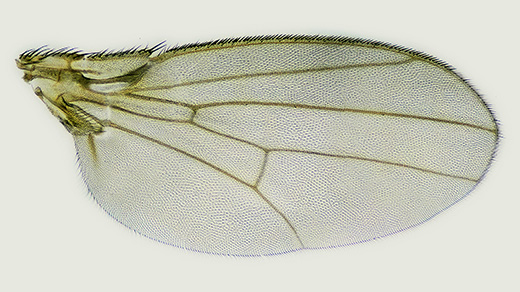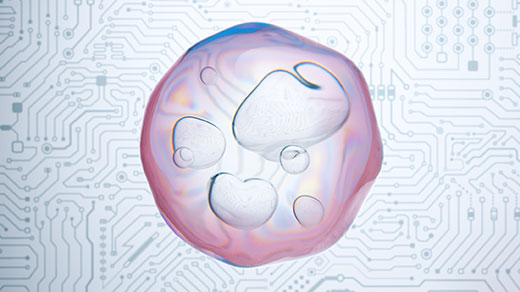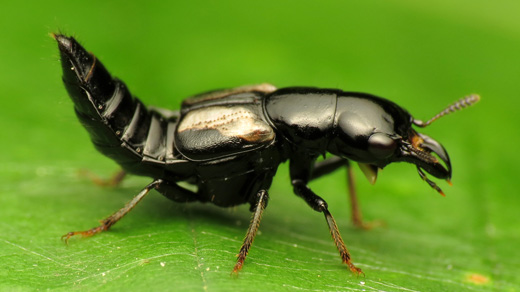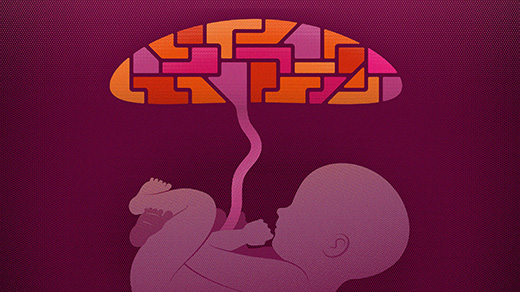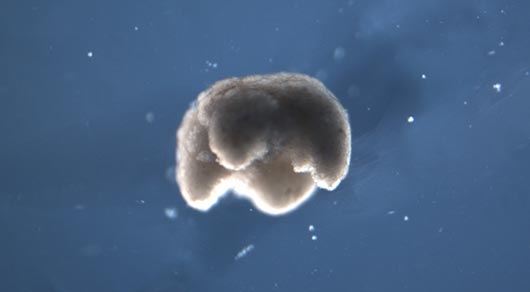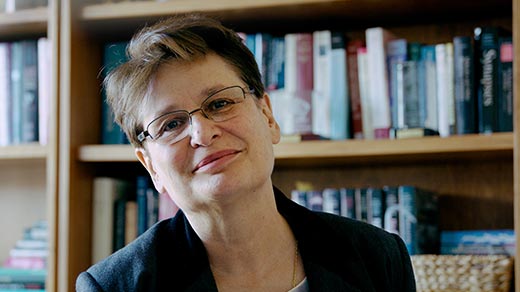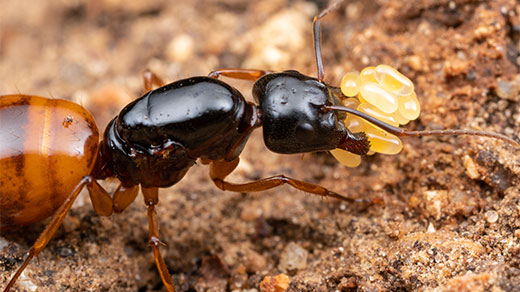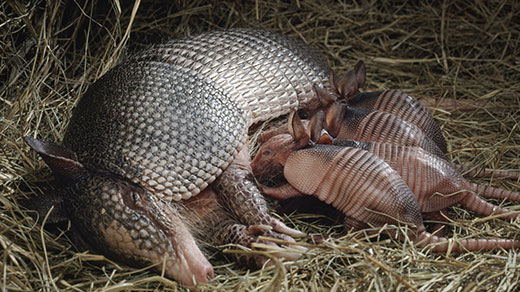What's up in
Developmental biology
Latest Articles
Mathematical Analysis of Fruit Fly Wings Hints at Evolution’s Limits
A painstaking study of wing morphology shows both the striking uniformity of individuals in a species and a subtle pattern of linked variations that evolution can exploit.
Biologists Rethink the Logic Behind Cells’ Molecular Signals
The molecular signaling systems of complex cells are nothing like simple electronic circuits. The logic governing their operation is riotously complex — but it has advantages.
How Do New Organs Evolve? A Beetle Gland Shows the Way.
The evolution of a defensive gland in beetles shows how organs can arise from novel cells carving out new functional niches for their neighbors.
New Genomic Study of Placenta Finds Deep Links to Cancer
A patchwork of genomic differences in the placenta may explain the organ’s “live fast, die young” strategy and its connections to cancer.
Cells Form Into ‘Xenobots’ on Their Own
Embryonic cells can self-assemble into new living forms that don’t resemble the bodies they usually generate, challenging old ideas of what defines an organism.
Catherine Dulac Finds Brain Circuitry Behind Sex-Specific Behaviors
Catherine Dulac is overturning preconceptions about “male” and “female” instincts and opening new avenues to treating postpartum depression.
How Two Became One: Origins of a Mysterious Symbiosis Found
Carpenter ants need endosymbiotic bacteria to guide the early development of their embryos. New work has reconstructed how this deep partnership evolved.
By Losing Genes, Life Often Evolved More Complexity
Recent major surveys show that reductions in genomic complexity — including the loss of key genes — have successfully shaped the evolution of life throughout history.
Nature Versus Nurture? Add ‘Noise’ to the Debate.
We give our genes and our environment all the credit for making us who we are. But random noise during development might be just as important.
